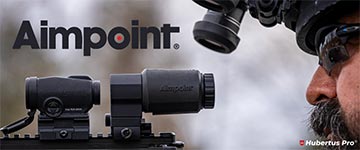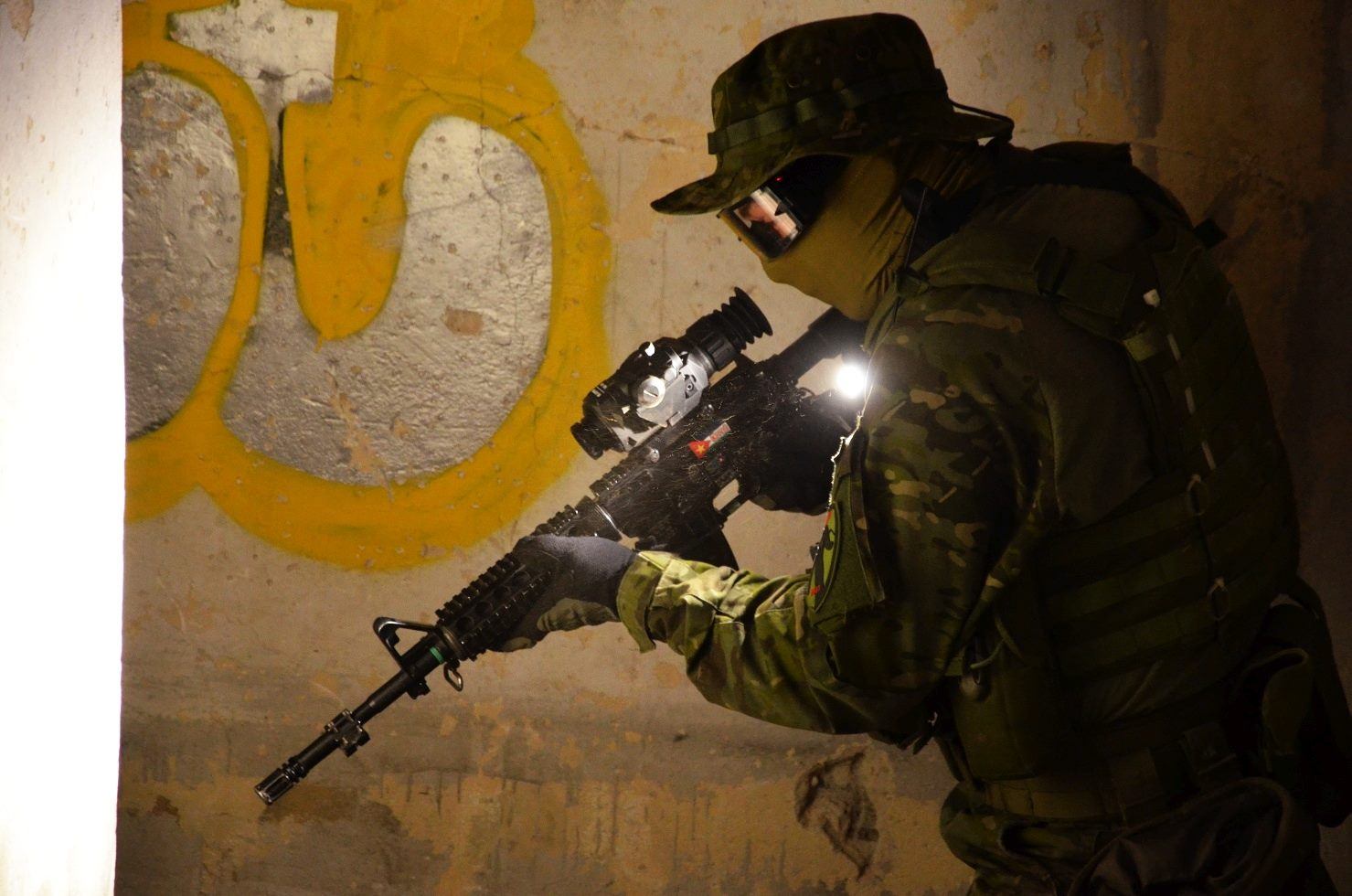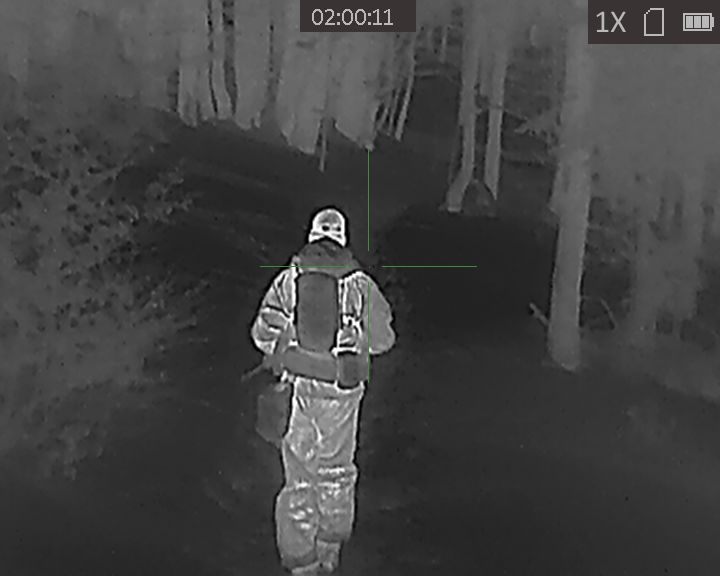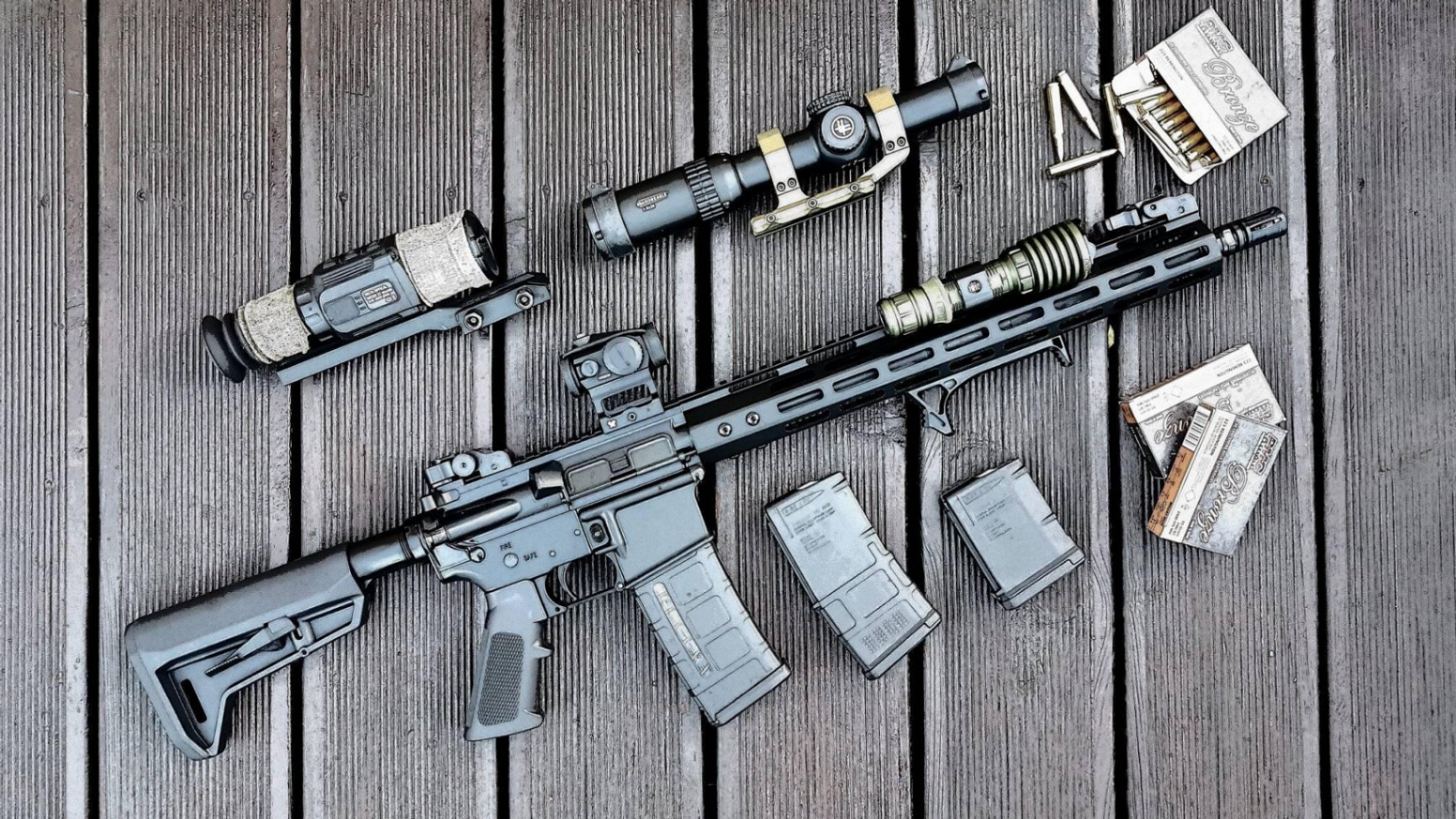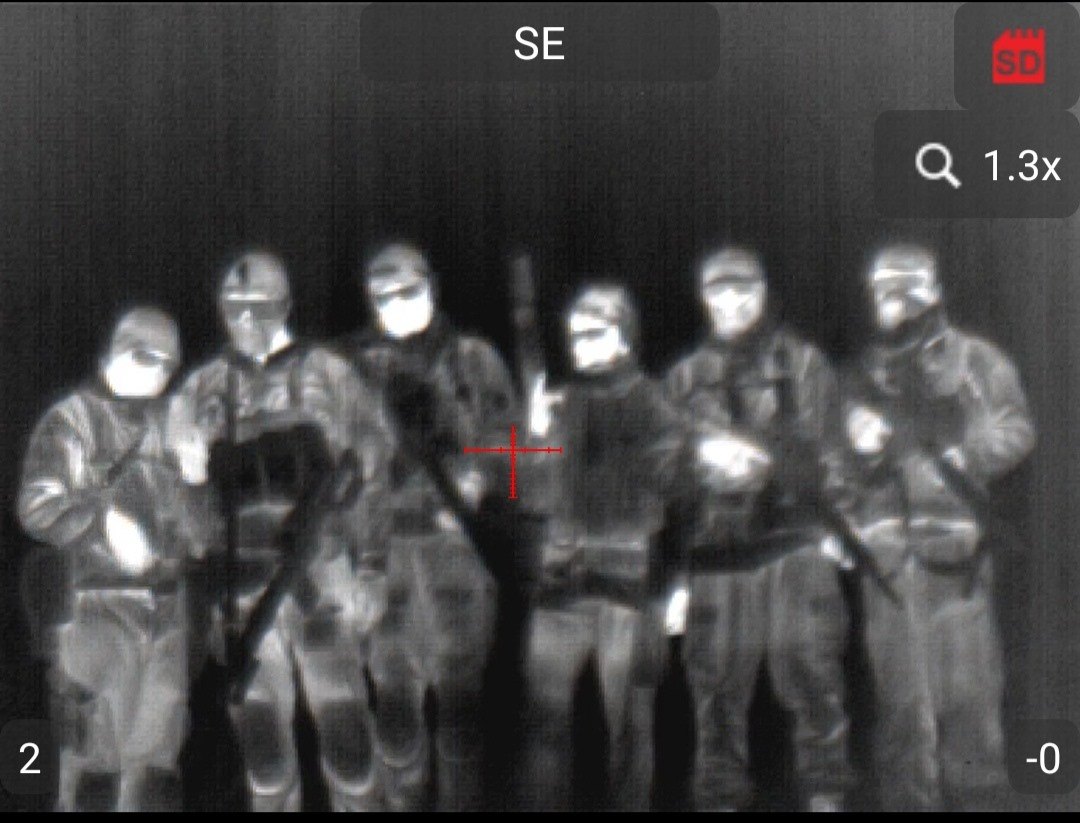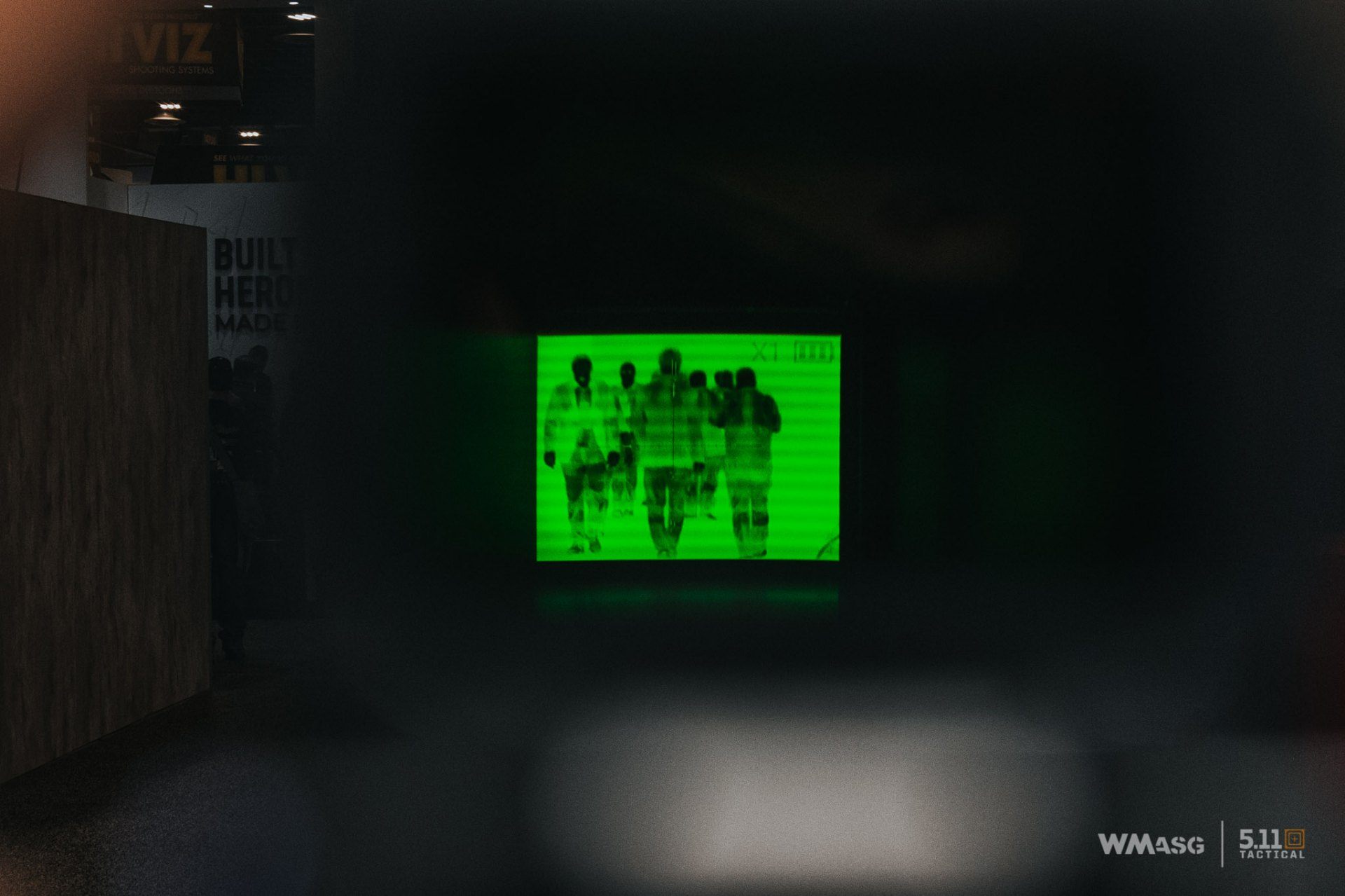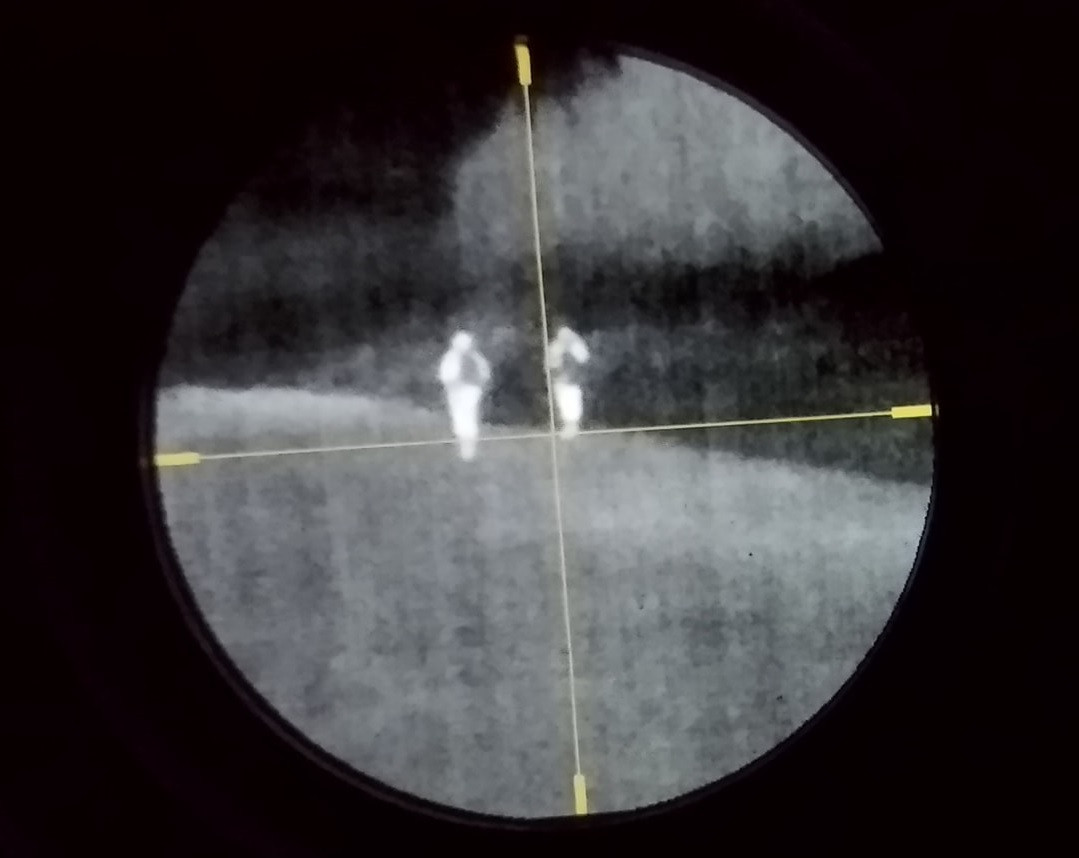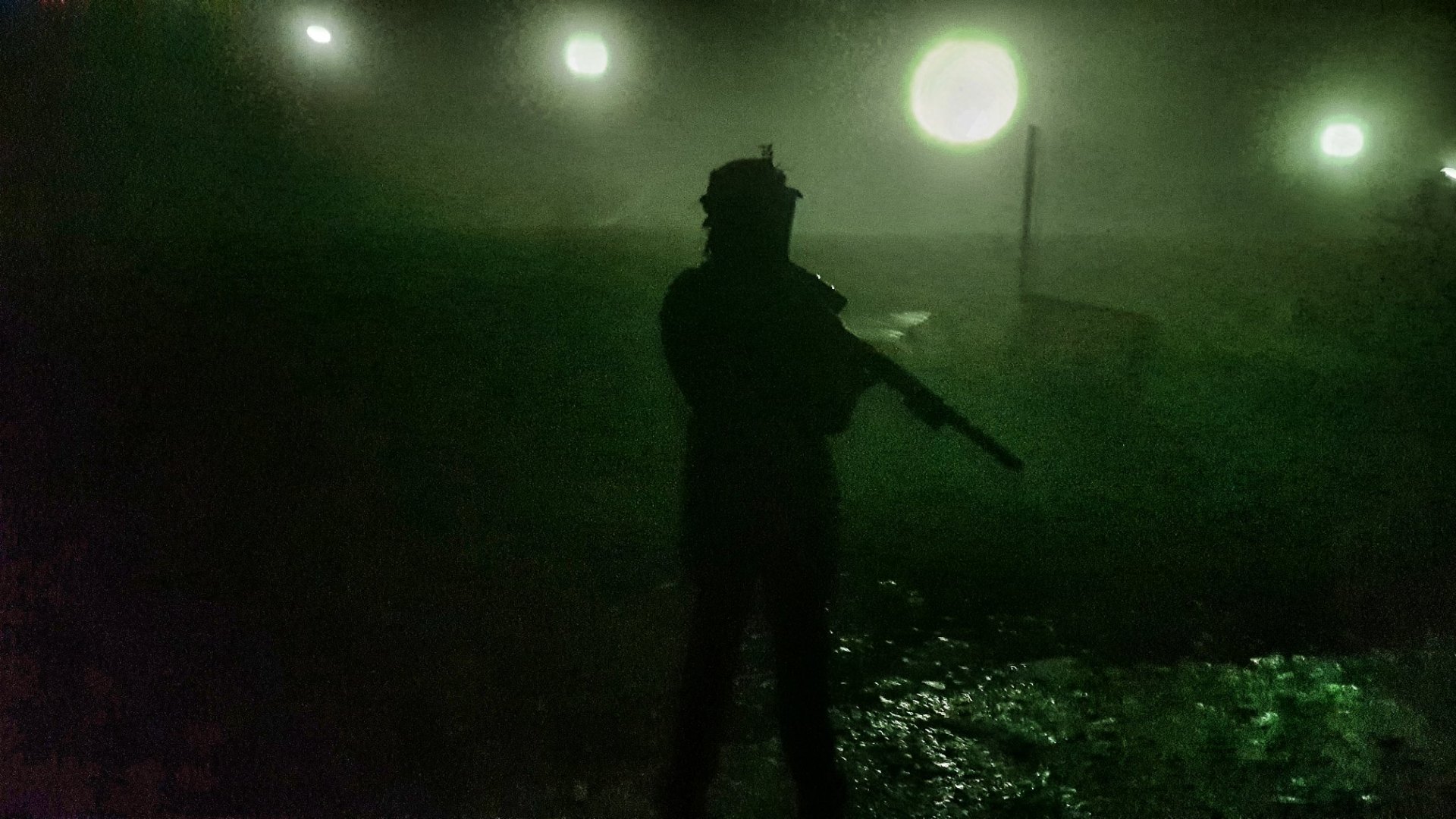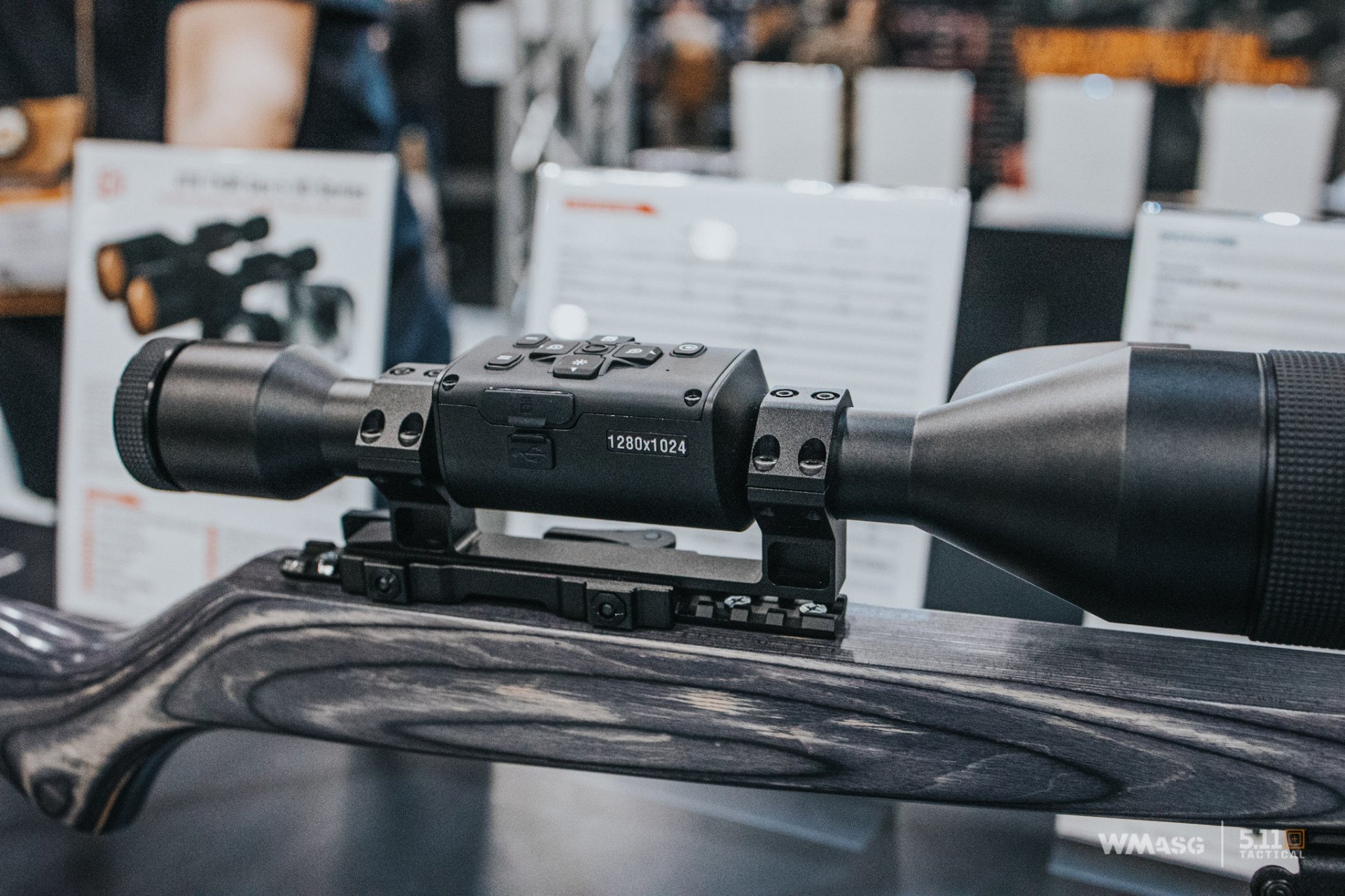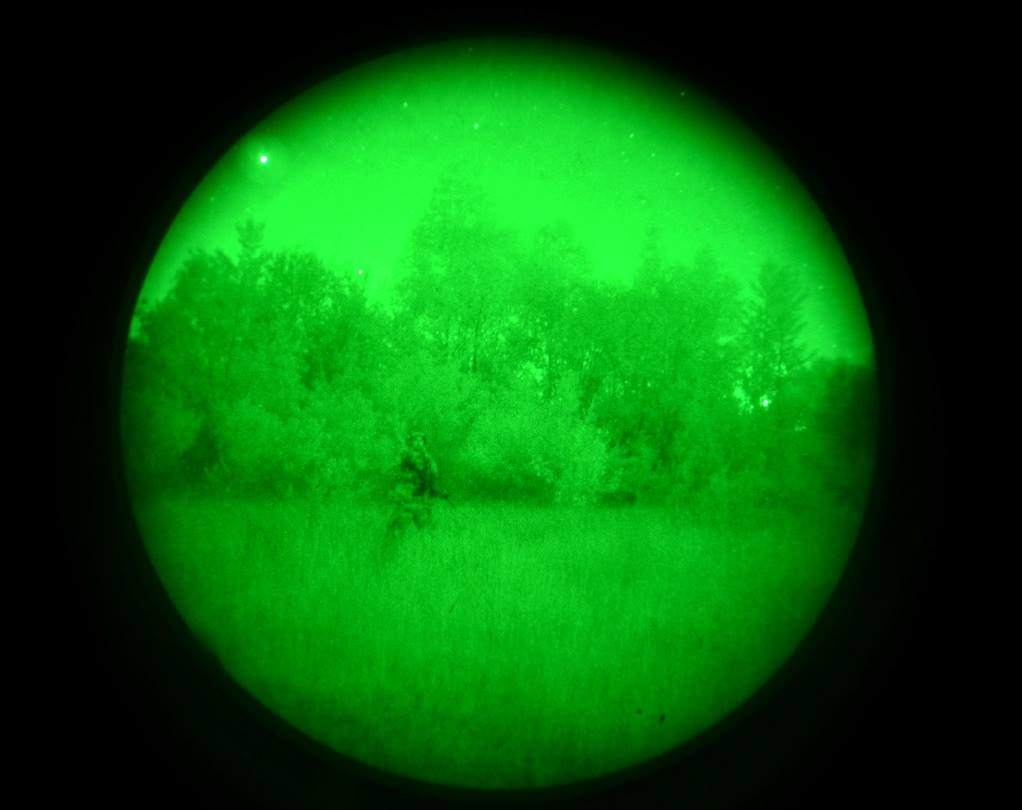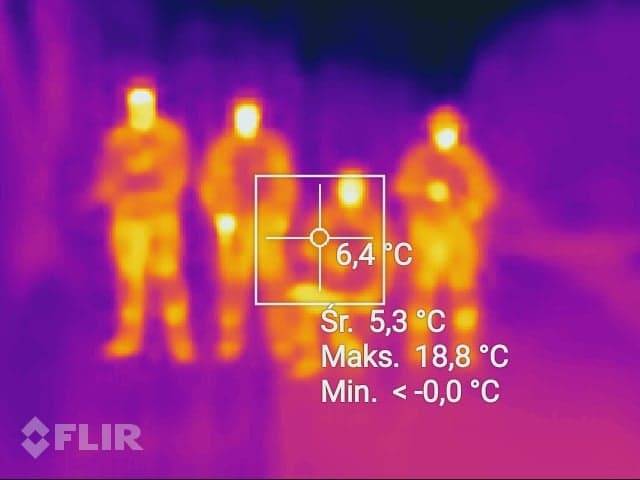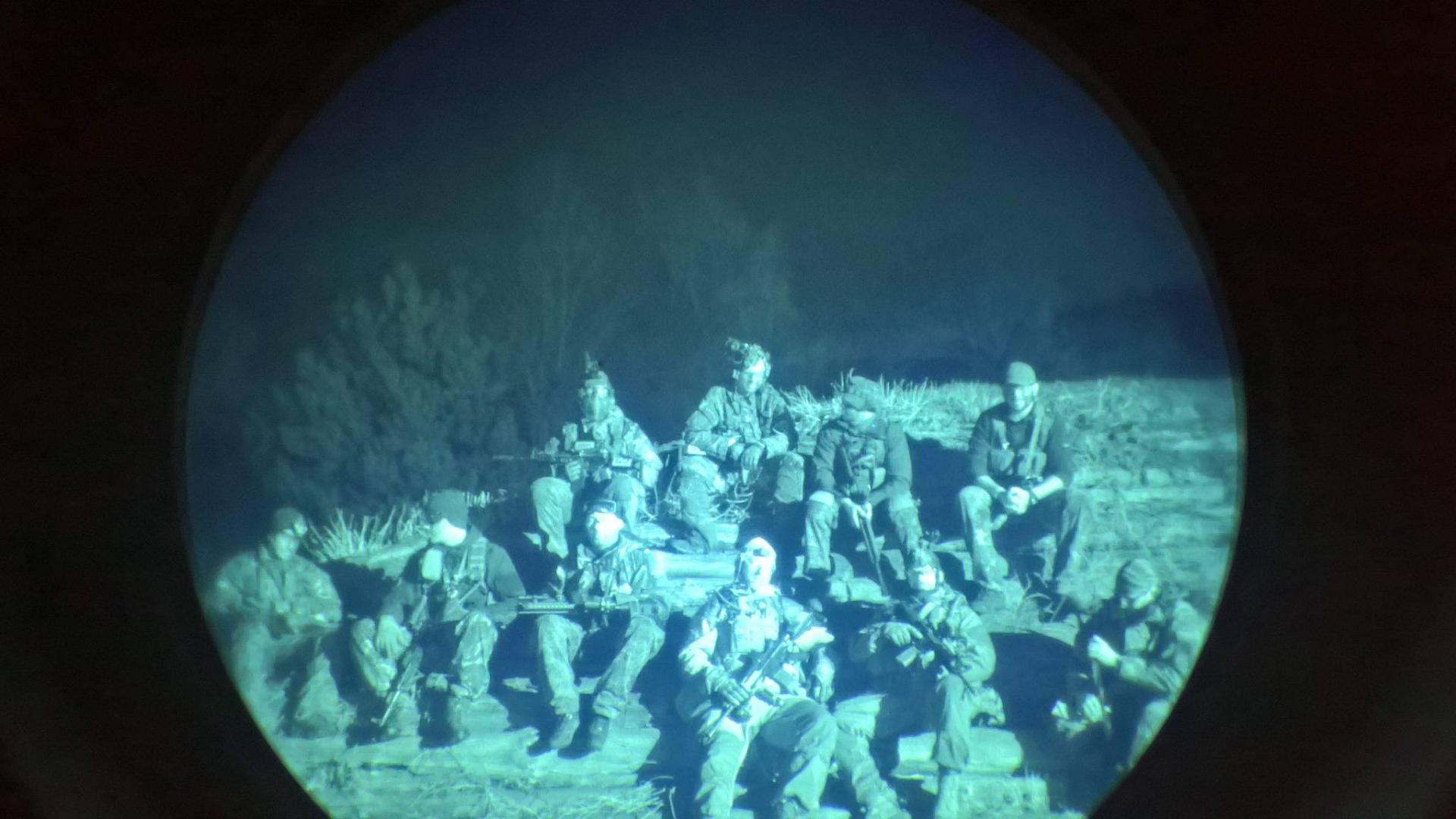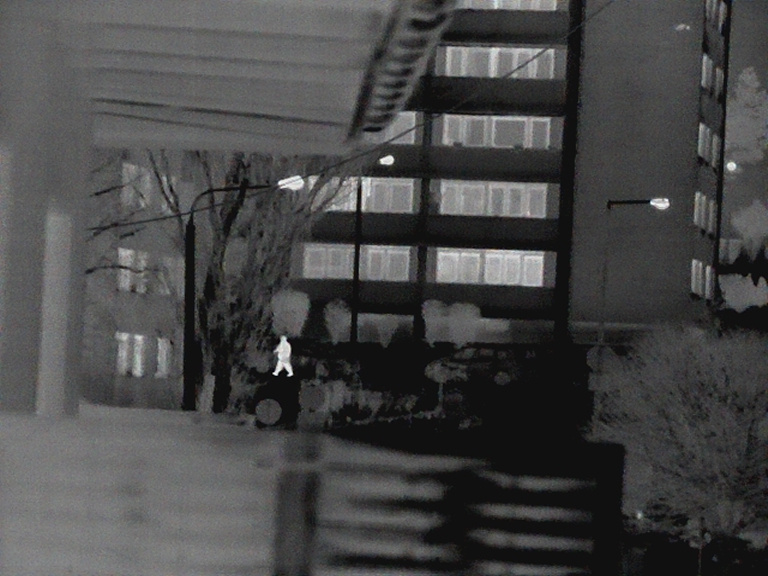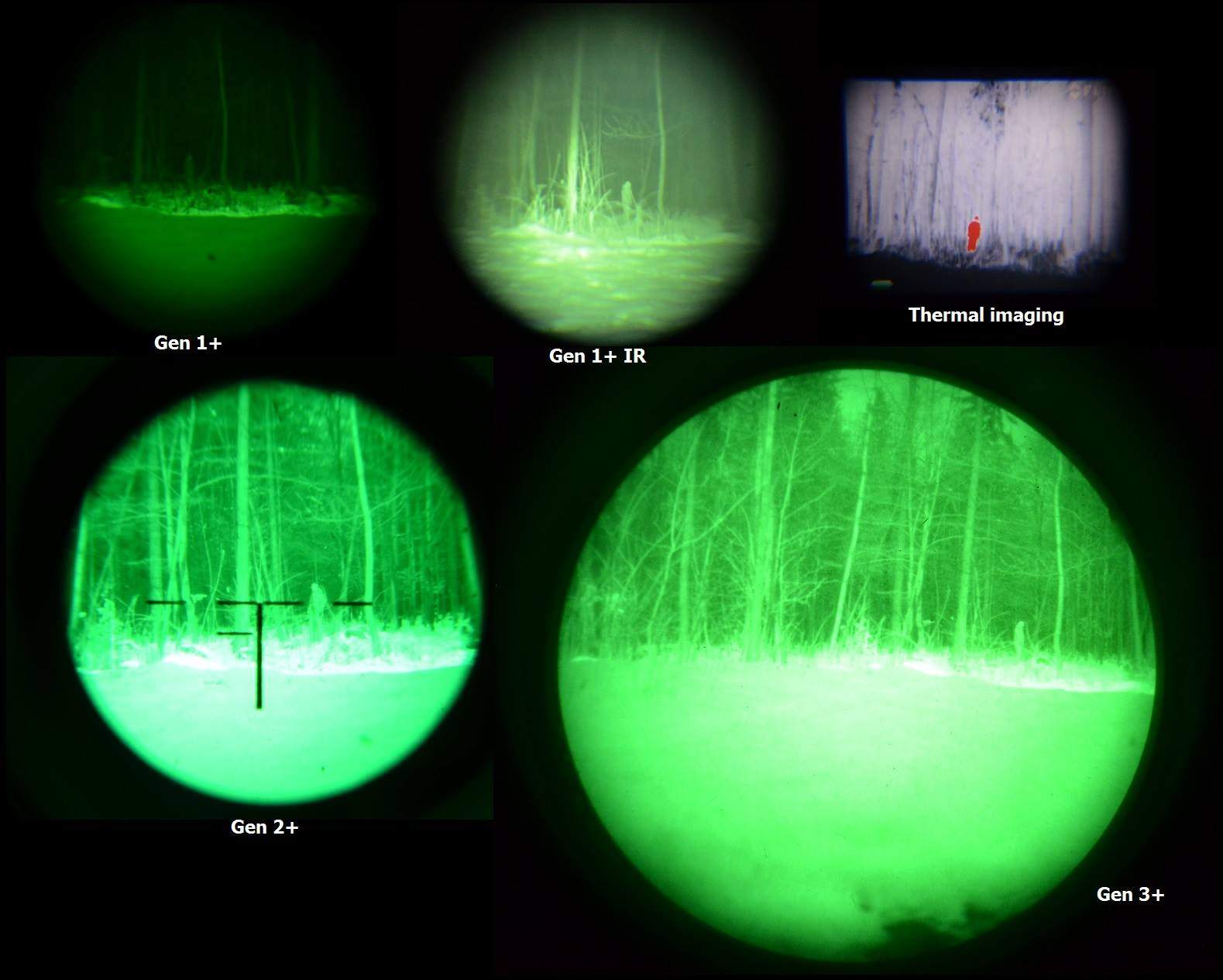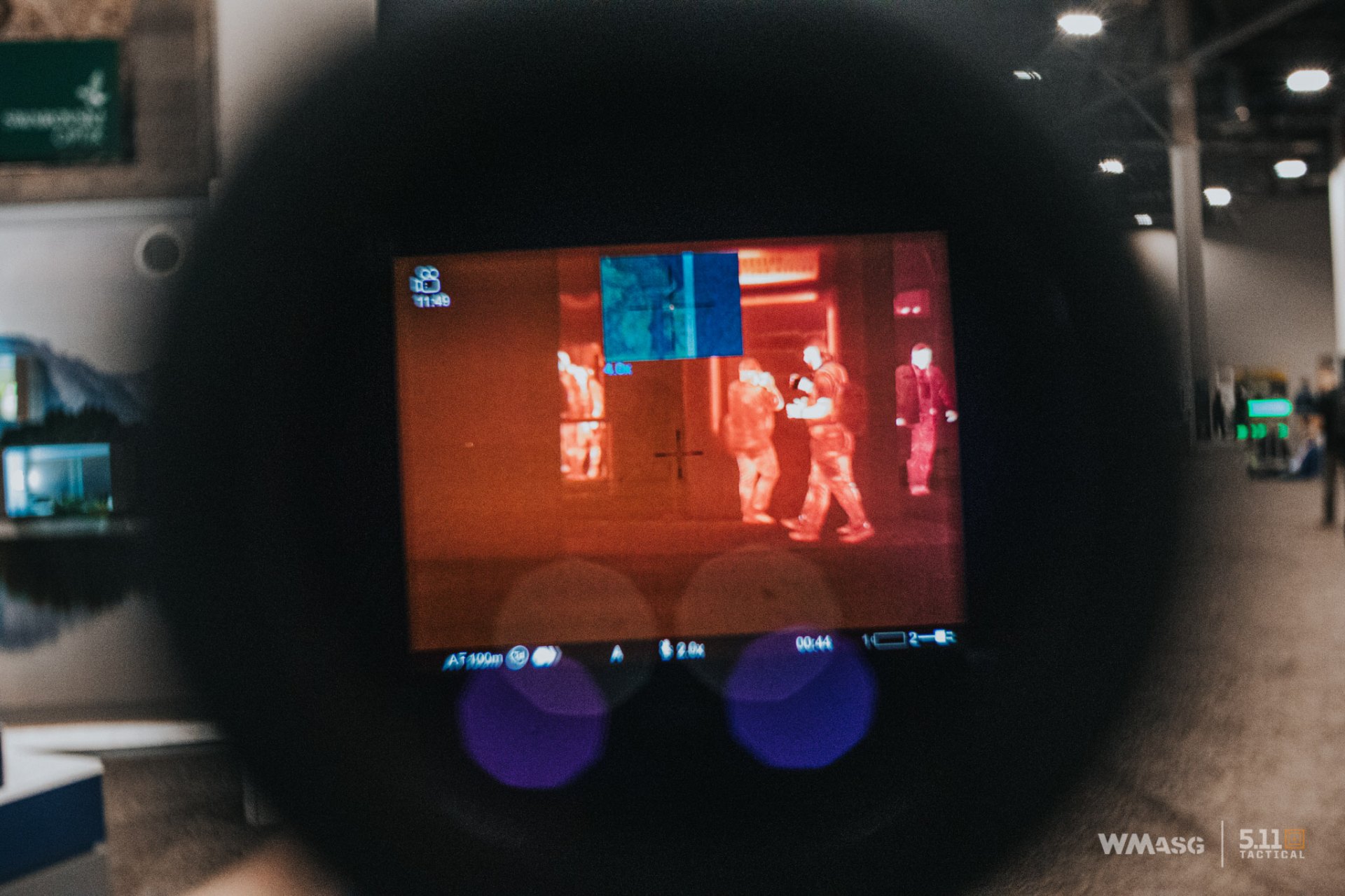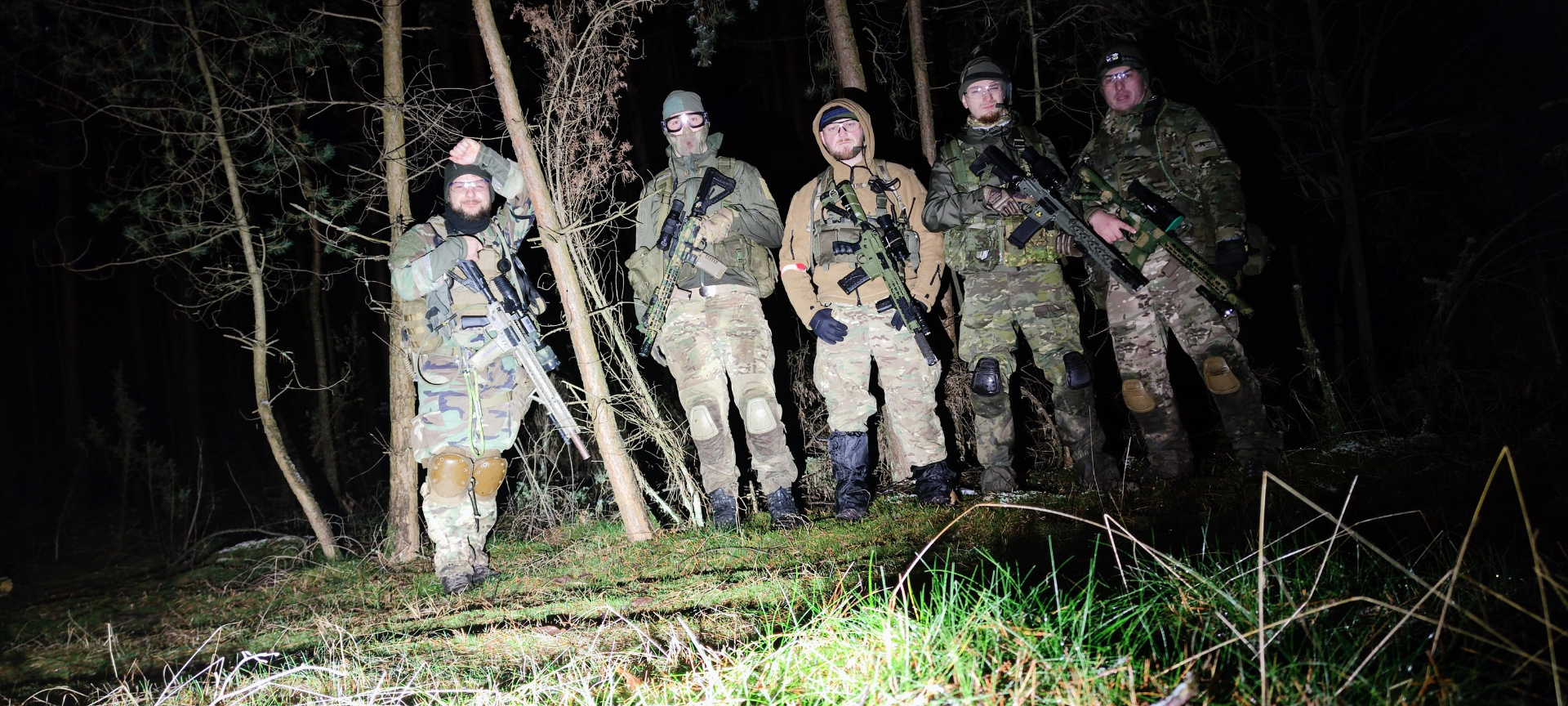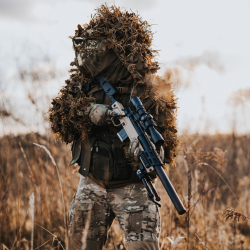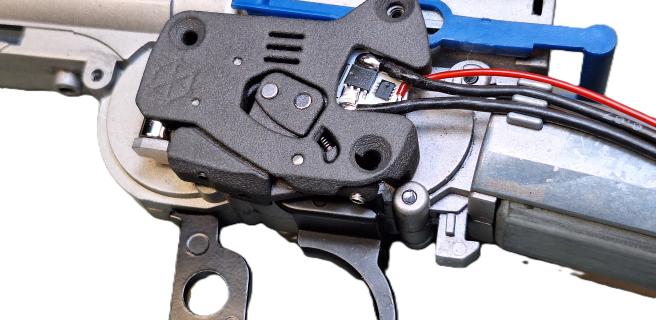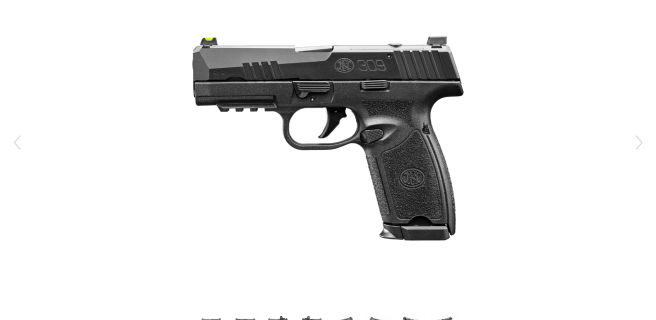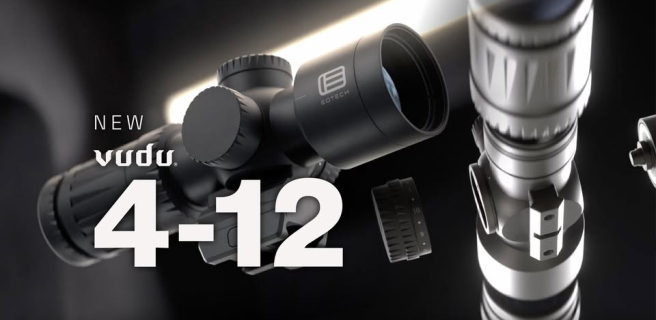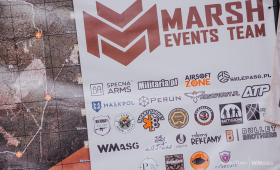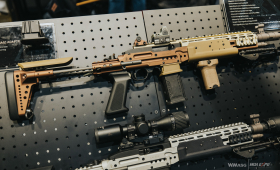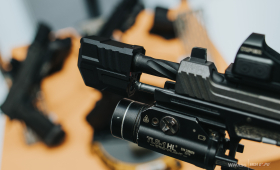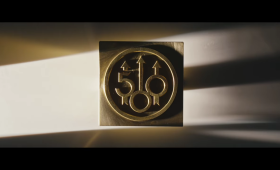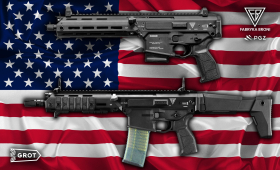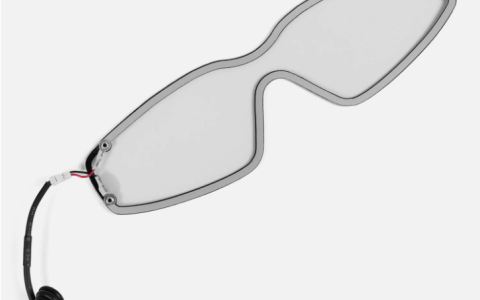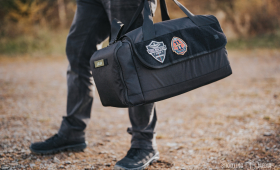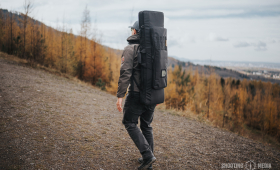This guide - who is to for?
Thermal imaging on the civilian market is nothing new. Manufacturers of various types of equipment have been accustoming us to this technology for years. Regardless of whether it is used for sights, measuring devices or even smartphones. Nevertheless, for many people, the way it works, the advantages, disadvantages and differences between individual devices may not be fully understood.
This guide was written for beginners, based on subjective experience that is the result of almost a decade of using this technology in outdoor activities, mainly during night and multi-day simulations using advanced equipment and airsoft replicas. In the articles, however, we tried to discuss universal issues encountered when using thermal imagers while being outdoors. Are you looking for answers to simple questions about using thermal imaging in practice? Wondering what is a fact and what is a myth? Do you want to find out what parameters to pay attention to when choosing the right device for you?
2019. ATN Mars-HD 384 thermal imaging sight. Version with 1.25x base magnification and a large field of view.
The information contained in this series of guides may be helpful to you. However, we feel obligated to explain: the articles will deal mainly with practical issues and try to explain the technicalities in a simplified way, easy to understand for people unfamiliar with thermal imaging. There are materials available on the Internet that approach the subject in a more scientific way, and we see no point in duplicating them.
The first part of the text is devoted to a general description of the operation of thermal imagers and verification of theories circulating in the community - what can you really see on the screen of such a device and what you cannot? How is this different from the image seen in night vision devices?
2022. Image taken with the Hikmicro Thunder TH25 scope. You can easily identify the read of an armed silhouette.
The next part of the guide will be longer, divided into two chapters, and will concern the selection of a thermal imager: a brief description of important technical parameters and their impact on the comfort of using the devices. The last article will be addressed to airsoft players and we will discuss the issue of using thermal imaging in such an application.
Thermal imaging - description, facts and myths
The desire to see the world at night brings to mind the question of which is better, thermal imaging or night vision? Can these two technologies replace each other? To find out the answers, it's helpful to better understand what thermal imaging really is.
When you ask a random person what a thermal imaging camera is for, you can sometimes hear: "it detects and shows warm objects". This is a true, but not a complete answer. Every matter with a temperature higher than absolute zero (-273.15 degrees Celsius) emits a certain amount of thermal radiation to which the sensor of a thermal imaging device is sensitive. The higher the temperature, the more the radiation. The imager is able to process this data coming to the sensor and display it in the form of an image on a screen. What is presented to the user is therefore based not so much on the "detection of warm objects" as on the device's sensor noticing slight differences in thermal radiation emitted by all observed objects. The final appearance of an image may be influenced by additional factors, such as the reflectivity of the materials, but for the purposes of these guides, we can skip this aspect.
2020. Thermal imaging sights are adapted to be used on firearms. The photo shows the Delta Optical Neon S1 accompanied by the Vortex Strike Eagle 1-6x24 low powered scope and accessories mounted on the AR-15 16" carbine by Fedarm: Vortex Crossfire reflex sight, Olight Warrior X tactical flashlight and MAS7COM iron sights by LPA.
Thanks to this, in the displayed image one can often see and distinguish buildings, trees, bushes, water and many other objects, and not only detect the warmest living creatures or objects (or their fragments) that are heated, for example, by solar radiation, fire, or contact with another warm object. At the same time, something that is decidedly cooler than its surroundings will also stand out in the thermal image: taking on a color (or shade) opposite to hot objects.
It is worth knowing that the image displayed by the thermal imager can be relative, dynamic. The device can highlight the contrast between the coldest and warmest objects within the scenery being observed. This is not always a feature, as it can also be a side effect of the sensor being "blinded" if there is an object much warmer than others in the foreground.
2021. Photo taken with the ATN Mars-HD 384 thermal imager. Noteworthy is the low thermal sensitivity and the blinding effect of the sensor, through which objects in the background are not visible.
When talking about the spectrum of colors and their shades found on the device's display, it should be noted that the color of the image is only a matter of the thermal imager software (as opposed to analog night vision, in which it depends on a specific transducer). The most common color modes are White Hot (warmest objects appear white) and Black Hot (warmest objects appear black). Various manufacturers add additional image display modes to the software, both those that differ only in the palette of shades or colors of temperature representation, and also perform more functions: e.g. highlighting the most distinctive elements of the scenery with a non-standard color.
Since the thermal imager's sensor does not use the visible part of the electromagnetic radiation spectrum (or colloquially speaking: light), it is said that thermal imaging is not dependent on the time of day and lighting conditions. Thermal imaging works both during the day and at night, although in reality there may be differences in the image presented to the user. They result from weather conditions. Especially on a rainy day, the differences in the radiation emitted by objects fade by the time they reach the sensor. Thus, the contrast deteriorates, and the entire displayed image may take on similar colors and shades, making it difficult to recognize individual elements of the environment. Much warmer objects, such as wild animals, people, or hot cars, are usually still much more visible. On clear days, the contrast usually improves. However, it should be borne in mind that in places with strong sunlight there may be a situation in which objects will again be difficult to distinguish, additionally providing "thermal camouflage" to humans or wild animals. A clear day often heralds good visibility in thermal imaging at night. The sun no longer has an effect on the surroundings, and objects heated during the day give off their heat at different rates, enhancing the contrast and detail of thermal imaging.
2020. Image seen through the Leupold LTO Tracker HD Handheld Thermal Imaging Monocular. The device allows to display a non-adjustable reticle, but it does not meet the resistance standards allowing for mounting on a weapon.
Referring to the previous paragraph and the partial susceptibility of thermal imaging to weather conditions, it is worth mentioning a popular theory: smoke and fog are not an obstacle to thermal imaging. It that true? Heat radiation does indeed pass through them, but dense smoke, and fog in particular, can significantly reduce the amount of heat that reaches the sensor. The quality of the displayed image, the contrast and the effective range of the device decrease. Still, detecting an object much warmer than its surroundings in such conditions is usually possible at distances well beyond the range of a naked eye, both during the day and at night.
2020. Thermal sights make it much easier to see your target in fog and precipitation. The photo shows the Delta Optical Neon S1 Thermal Imager, which uses advanced Ultra Clear image processing algorithms.
The range of radiation used by thermal imagers is also partially transmitted, e.g. through some types of foil. But what is the obstacle to this spectrum? The vast majority of matter, including... glass. The sensor is unable to detect objects behind solid obstacles, including glass (which will usually be reflected as a cold, opaque object). For this reason, special, expensive materials, such as germanium, are used to manufacture the optics of thermal imagers.
During the SHOT Show 2023, ATN has presented the next generation of its thermal imaging sights. The flagship model is the ATN Thor 5 XD (in the European market it should be called the Mars 5 XD), whose native resolution of the thermal sensor is 1280x1024 pixels.
Is it then possible to avoid detection in thermal imaging by hiding, let's say, behind thick grass? Yes and no. The sensor is unable to detect the presence of a person through plants in front of it, if he/she is not physically visible to it. In order for the thermal imager to detect such an obscured object, it must be at least slightly visible between the blades of grass. Does it then make sense to use this technology during the day, since a naked eye would also be able to see a fragment of the hidden silhouette? Absolutely: the human eye can easily miss, e.g. a barely visible, single finger, while the thermal imager will instantly capture it (when the resolution of the sensor allows it) and accentuate it with high contrast in the displayed image. If not behind the grass, then maybe hiding behind a pane of glass is possible? Yes, but the glass itself will probably stand out strongly in the environment as an object colder than it. So how to avoid detection? This is facilitated by all natural obstacles, such as trees or terrain. Also artificial covers, capes, or shields masked with fabric work. It is important that they are properly placed away from the human body (so it does not take over its heat), have a temperature similar to the environment, do not have regular, eye-catching shapes and, most importantly, do not expose any part of the body to direct view. Easy? Not at all, and that's why thermal imaging is so eagerly used in military applications, in rescue and everywhere else where fast detection is an invaluable advantage.
Thermal vs night vision
Knowing these simple relationships makes it easier to answer the questions stated at the beginning of the previous section. Thermal imaging is something different than night vision. It is based on a different range of infrared. Each of these technologies has its advantages and disadvantages and is better suited to other applications.
While night vision devices can be called optics for night operations, thermal imaging can be used both at night and during the day.
The low resolution of thermal sensors, combined with insufficient thermal sensitivity, can translate into poor dentition of details within the observed objects. This can make it difficult to e.g. distinguish people from each other and recognize what they are carrying. Also, moving outdoors at night using thermal imaging is possible, but may not be comfortable enough for the user.
2020. Image taken with a FLIR-equipped CAT phone. The low image resolution and poor thermal sensitivity is noticeable.
Light-enhancing transducers mounted in night vision secives, although the quality of their operation also depends on atmospheric conditions and the presence of residual lighting (moon, stars, street lamps, etc.), usually present an image with greater detail. Distinguishing between individuals, objects, or moving around at night is usually much easier for those using such devices.
2018. Night vision provides a better ability to identify targets than thermal vision.
Higher generation night vision, like thermal imaging, is a passive system. It does not emit waves, but uses those that are available in the environment. The image of night vision goggles can be additionally enhanced with an infrared illuminator, but its user becomes much more exposed to detection, both by other night vision devices and by the naked eye. Such an "active" operating system is mainly used in cheaper night vision equipment, both digital and analog. Thermal imaging, even of the lower price range, is devoid of this problem, because in itself does not signal its operation in any way to the environment. On the other hand, for the same reason, it is unable to detect, for example, popular 850 nm or 940 nm laser sights, which are often used on weapons to assist aiming with night vision devices worn on the head.
2023. A man visible at night in an urban environment. Photo taken from a distance of 160 m, using a Leica thermal imager with a sensor resolution of 640x512 pixels and a base magnification of 2.5x. Attention is drawn to the opaque panes in the windows - the glass does not let heat radiation through.
The main advantage of thermal imagers over night vision devices, however, is the enormous advantage in object detection, thanks to the sensing temperature differences. Whether it's game animals or a threat in the form of a hostile shooter, thermal imaging will easily detect an object over a long distance, regardless of whether it is in motion or stationary. A monochromatic night vision image may not be able to see the target well enough, especially when the target is dressed appropriately and in a low-reflective material. The advantage of thermal imaging in this aspect is additionally intensified in unfavorable weather conditions (fog), lighting conditions (moonless, dark night) or in a heavily smoky environment.
2015. Thermal imaging provides much greater threat detection capabilities than night vision. Unfortunately, the photo is overexposed in the case of higher-generation night vision goggles, which was affected by the snow.
Another advantage of thermal imagers over night vision devices is their total insensitivity to artificial light. Even directing a strong stream with powerful candela values towards the thermal imager is not able to damage it or blind it. This light will be completely ignored by the sensor, allowing the thermal imaging user to see everything behind the light source as if it were not there at all. At the same time, thermal imagers remain sensitive to excess heat radiation, which makes it inadvisable to point the device towards, e.g. the sun.
2023. One of the possible image combinations in the Pulsar Thermion Duo multispectral scope. The thermal layer is visible in full frame, while the spectrum of visible colors is displayed in a reduced window (Picture in Picture).
Both described types of devices, thermal imagers and night vision devices, although they partially fulfill similar tasks, are not able to completely replace each other. Hence, in recent years, a trend among manufacturers to create fusion, multi-spectral devices that provide combined capabilities of various types of imaging has been slowly becoming popular.
Summary - preview of the second part
In this part of the guide, we tried to explain the way thermal imagers work and the peculiarities of this type of imaging, based on our own experiences and feelings from using this technology. However, many other features cannot be learned just from reading accompanied by photos.
2022. Photo from the "Anoda IV Noc" game organized by the MIWO association. The photo shows various thermal sights. From left: ATN Mars 4 384, Delta Optical Neon S1, two Hikmicro Thunder TH25 and InfiRay Saim SCH50.
For this reason, the second part will address the issues of choosing the right device for people who want to experience the world of thermal imaging firsthand. We will list and briefly explain the most important (in our opinion) device parameters, which can be found in the technical specifications on the websites of stores. We plan to publish the text next week - we encourage you to follow our portal.
If you are interested in using thermal imaging during airsoft activities, we will also have something for you. In the third part of our guide, based on our own experience, we will focus on the use of advanced equipment during games.


